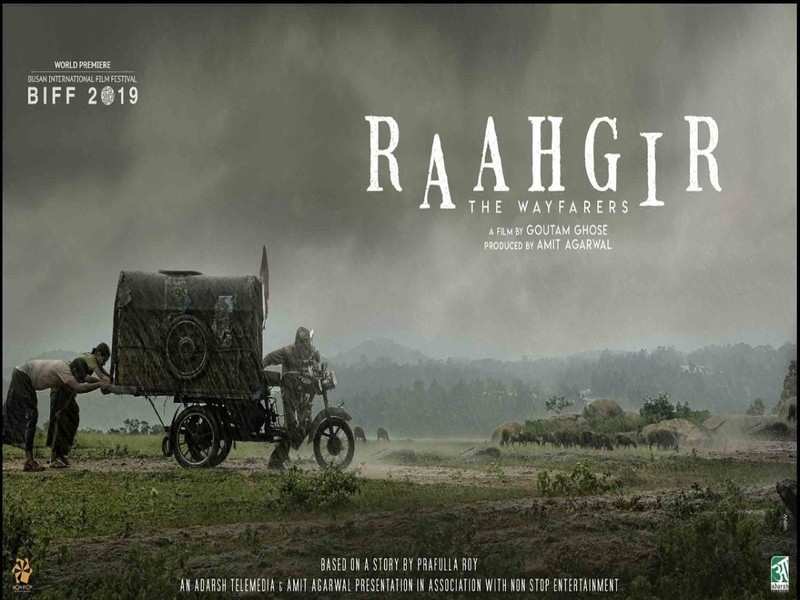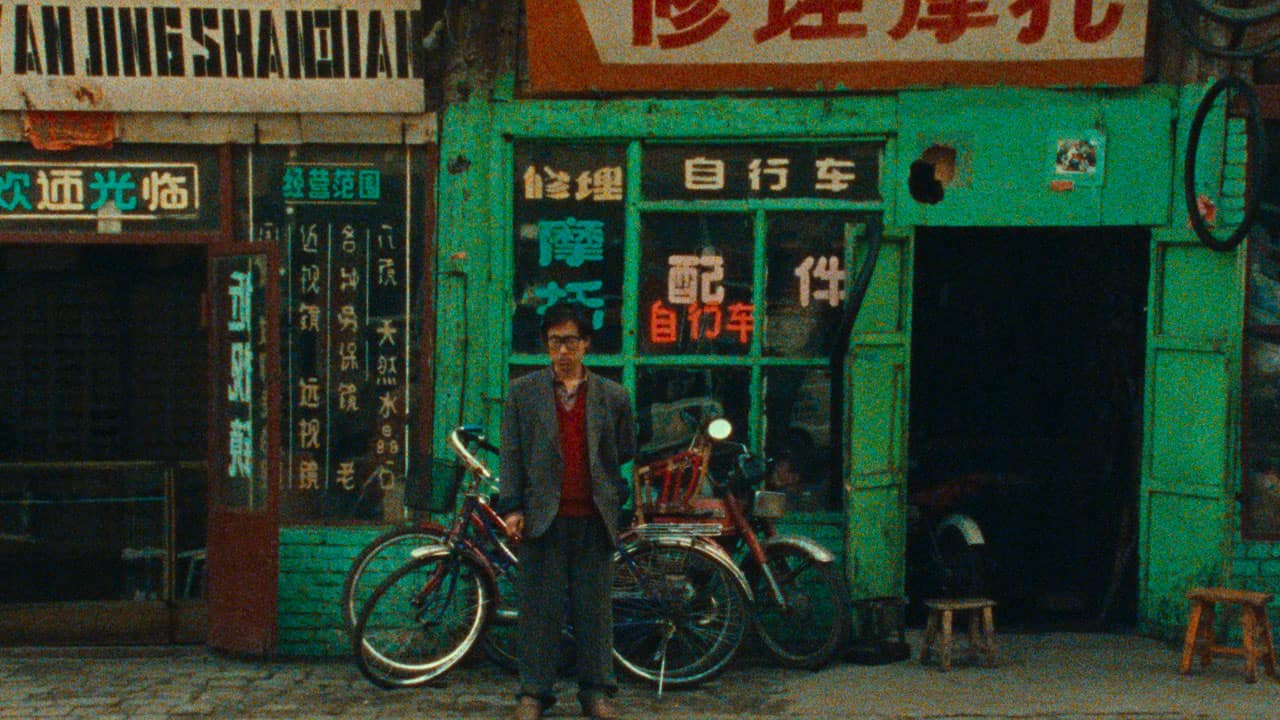“What did you do to bring this upon us?”
In her statement about her debut feature “The Third Wife”, director Ash Mayfair states two main reasons why she made the film and which topics it deals with. On the one hand, she names her upbringing in Vietnam, most importantly the women in her life who have supported her through the years. Given her career, which has led her to a degree in English Literature and one in Theater Directing from the prestigious Royal Academy of Dramatic Arts in London, large parts of her biography have taken place outside her home country. Yet, as her statement and the nature of “The Third Wife” prove, she has returned there for her directorial debut paying homage to the women who have been most important in her life.
Buy This Title
On the other hand, the movie deals with the matter of arranged and child marriage. Even though frowned upon by law in some countries, the practice is still very much alive and well. Whether as part of one's faith or tradition, or simply as an unspoken truth in many other countries, parents seeking alliances, financial gain or other benefits by creating a lasting liaison of their child to another is part of our reality. Even though the period, in which “The Third Wife” takes place, is long gone, the story of the female protagonist married at a young age to a rich landowner feels eerily familiar. To Mayfair, it was important to have “a female voice” at the center of her film, whose script earned her a Spike Lee Production Fund Award in 2014 and numerous other accolades.
The story is set in 19th century Vietnam when 14-year-old May (Nguyen Phuong Tra My) has been married to Hung (Le Vu Long), the heir to a long line of rich landowners. For the first time outside her home, the young woman feels insecure in the vast estate, even though her husband's two other mistresses try and make her feel comfortable. Especially as her husband demands a son from her and spends every night with her, she becomes afraid of not being a good wife and disappointing her parents.
However, the two mistresses, Ha (Tran Nu Yen Khe) and Xuan (Mai Thu Huong Maya), eventually become her friends, sharing her experiences with Hung, teaching about seduction and sex as well as the strict hierarchy of the estate. As time goes by, May finds her place within the family, but also witnesses the first signs of decay and deception among its members.

At the beginning of the film, the screen introduces a vast, beautiful landscape, the first of many of those in the film. As a line of small boats make their way across a river towards their destination, we catch a first glimpse at our protagonist May silently watching the scenery passing her by. The immaculate beauty of nature, the contemplative quality of the images Chananun Chotrungroj repeatedly frames within the lens of the camera, present a lush, luxurious surface. Similarly, the first scenes of the family May has married into, carry the same kind of perfection, each gesture rich with meaning and various connotations. Each one knows his or her place here, everything works in a specific order.
However, Mayfair's film also focuses on the first cracks in the image. The immaculate beauty of nature is somewhat flawed, dark around the edges and already containing a decaying core. Each image, as beautiful as it may be, also carries the notion of a time lost, a time already at an end with the bubble around it about to burst.
Essentially, what Mayfair depicts in her film is the image of a hermetic time and place. The rigidness of the patriarchal ruler and them clinging to a system based on faith and tradition has become brittle, and as Hung's father is entering the last years of his life, his offspring aimlessly follows in his footsteps. While his eldest is a man defined by his urges and the refined etiquette of patriarchy, Hung's son already demands to escape the code of power and its preservation through marriage.

Consequently, the women characters have formed a silent opposition to the leading males. Nevertheless, their status as wives is dependent on the condition of the family, their leadership and their relationship to others supported by marriage. Xuan and Ha are the first ones offering advice, experience and also laughter to the new young wife of their master, a much welcome gesture in the eyes of May. But then again, gestures and words carry two meanings, and while the picture of the family stays intact for the world to see, the inside includes people mostly watching out for themselves, hardened by the regime and the rules they have to live by. Following the image of the caterpillar transforming into a cocoon, a change is about to happen, which may just shake this system to its very core.
At last, one of the most significant aspects of the film is its score composed by Vietnamese composer Aaken. Its moody, atmospheric tunes are the perfect addition to the images of the film, their beauty, but also their much darker underbelly. At times it seems as if the music, along with the use of lighting, attempts to utter a faint warning for those on screen, a reminder of the passing of time which will be the end of their world.

“The Third Wife” is a film about beauty, about initiation and finding one's place in life. Its director has a confident vision, an interesting take on the composition of images which is supported by great cinematography, writing and a wonderful cast. It offers a view into a world which seems long gone, but its patterns seem strangely familiar for the place May is in, the search of finding a balance between the self and what is expected of her, is a task we all have to face eventually. And more than once.
Sources:
1) https://betweenshadowandsoul.com/, last accessed on: 08/29/2018
2) https://tisch.nyu.edu/grad-film/festivals-awards/purple-list-archive/the-purple-list-2015/the-third-wife, last accessed on: 08/29/2018
















